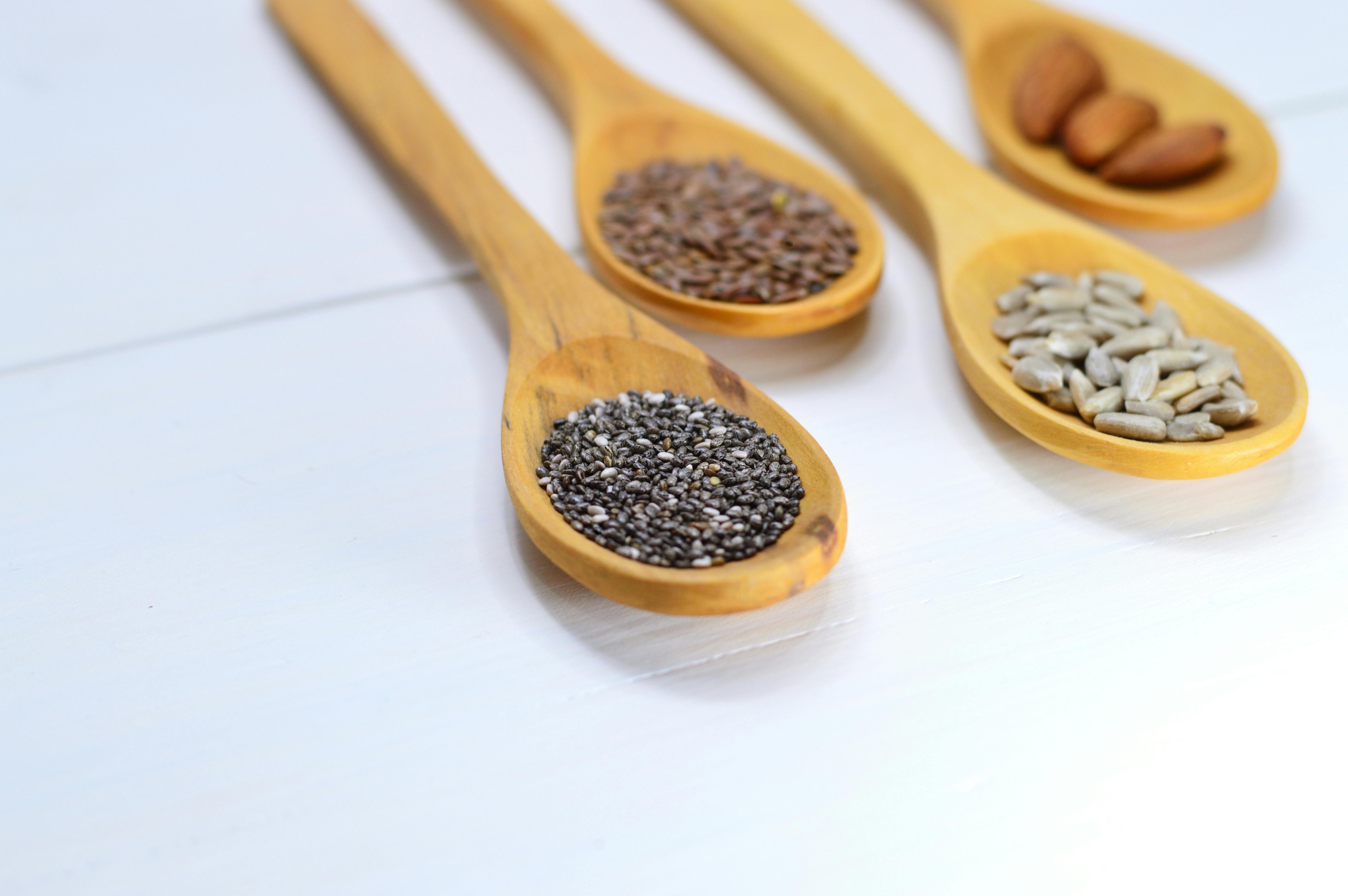Effective Ways to Implement a Low Fat Diet for Dogs in 2025

Effective Ways to Implement a Low Fat Diet for Dogs in 2025
In recent years, pet health and nutrition have become critical areas of focus, particularly concerning dog obesity and its associated health risks. Implementing a low fat diet for dogs is not only essential for weight management but also helps improve overall health. As we move into 2025, more dog owners are seeking ways to provide healthy dog food that caters to their pets' specific nutritional needs.
The demand for low fat diets has significantly grown, prompting manufacturers to expand their offerings of low calorie dog treats and high fiber dog food options. This article will explore effective methods for incorporating a low fat diet, discuss the benefits of such diets, and provide insights on healthy meal planning and recipes for your furry friends. Moreover, understanding the nutritional needs of dogs, including suitable low fat protein sources and grain-free alternatives, is imperative for promoting a balanced diet and preventing dog obesity.
Key takeaways from this article include practical tips on selection, portion control, and the importance of veterinary consultations in ensuring your dog's dietary plan aligns with their health requirements.
Understanding the Benefits of a Low Fat Diet for Dogs
Transitioning to a low fat diet can improve various aspects of your dog's health. A low fat diet benefits dogs by promoting a healthy weight, reducing the risk of obesity-related issues such as diabetes and joint problems. With the increase in canine obesity, understanding these benefits is crucial for any dog owner looking to enhance their dog's overall well-being.
Impact on Dog Health
Dogs that maintain a healthy weight through a balanced low fat diet can experience improved energy levels and mobility. This can enhance their quality of life and longevity. Furthermore, reducing fat intake can help manage certain health conditions like pancreatitis, which can be exacerbated by high-fat foods.
Improved Digestive Health with High Fiber Foods
Low fat diets often include high fiber dog food which not only aids in digestion but also helps dogs feel fuller for longer periods. This helps in controlling cravings and managing portion sizes. Foods rich in fiber can be beneficial for dogs with sensitive stomachs, reducing the chances of gastrointestinal issues.
Weight Management and Prevention of Obesity
Weight management for dogs becomes more manageable when a low fat diet is integrated into their feeding routine. This prevents the onset of obesity and its related health problems. By offering low calorie dog treats, owners can ensure their pets still enjoy tasty snacks without excessive calorie intake.
Implementing a low fat diet leads us to the next essential aspect: selecting appropriate foods and treats that support this dietary change.
Choosing the Best Low Fat Dog Foods
When selecting dog food, it’s important to consider the nutritional value of the ingredients. The best low fat dog foods generally include limited fat content with high quality protein and fiber-rich additives. These ingredients ensure that dogs receive all essential nutrients while keeping calories low.
Recognizing Low Fat Protein Sources for Dogs
In a low fat dog diet, it's vital to choose protein sources that are naturally lower in fat. Lean meats like chicken, turkey, and fish are excellent choices. These proteins provide necessary building blocks for muscle without excessive fat that can contribute to weight gain.
Exploring Low Fat Dry and Wet Dog Food Options
When it comes to dog food, you'll find various low fat options available in both dry and wet forms. Low fat dry dog food often contains high fiber ingredients that support digestive health, while low fat wet dog food can enhance hydration and palatability. Both options can be effective in managing weight.
Natural and Homemade Low Fat Alternatives
Many pet owners are turning to homemade low fat dog food recipes to ensure the freshness and quality of ingredients. Utilizing natural dog food alternatives like fresh vegetables, fruits, and lean protein can provide balanced nutrition. Homemade low fat dog treats are also a great way to reward your pet without adding unwanted calories.
Having explored food options, the next step involves implementing practical strategies that enhance your dog's dietary regimen.
Practical Strategies for Implementing a Low Fat Diet
Adopting a low fat diet requires a structured approach to effectively manage your dog's food intake. With the right strategies, transitioning can be smooth and beneficial for your pet's health.
Dog Meal Planning Essentials
Creating a dog meal planning schedule can simplify the feeding process. This involves setting specific times for meals and controlling portions based on your dog's weight and nutritional needs. Maintaining a consistent feeding schedule helps regulate your dog's metabolism and prevents overeating.
Portion Control Techniques
Dog food portion control is vital in any dietary regimen. Carefully measuring out servings and using recommendations from veterinarians and dog food labels can prevent excessive calorie intake. Tracking your dog’s weight and adjusting food portions as needed is essential throughout their dietary journey.
Rewarding with Low Calorie Dog Treats
Using low calorie dog treats is an excellent reward strategy that won't derail your dog's dietary efforts. Look for low fat snacks for dogs that are specifically designed for weight management. This means fewer calories without sacrificing your dog’s enjoyment of treat time.
As we adapt our dog's diets, it's crucial to monitor their health and behavior as well. Understanding how these changes affect their well-being will lead us into discussing veterinary diets and consultations.
The Role of Veterinary Diets and Health Consultations
Regular vet check-ups and consultations are critical for ensuring that your dog is receiving the right nutrition. Veterinarians can provide tailored advice based on your dog's specific health conditions and dietary needs. Their expertise helps create a customized low fat plan that supports your dog's unique health goals.
Prescriptions and Specialized Diets
In some cases, dogs may require veterinary diets or prescribed low fat options due to specific health challenges. Understanding your dog's conditions can help you identify the best dietary approach to address obesity or sensitivities. Following the vet’s recommendations can significantly enhance your dog's weight loss efforts.
Identifying Nutritional Deficiencies
Sometimes, transitioning to a new diet can lead to unforeseen nutritional deficiencies. Regular assessments by your veterinarian ensure that your dog isn’t lacking essential vitamins or minerals while they lose weight. This regular monitoring is vital for a successful low fat journey.
Maintaining a Communication Loop
Creating a communication loop with your veterinarian can aid in making necessary adjustments to your dog's diet. Report any changes in behavior or health as you implement dietary changes. Open communication helps tailor the diet over time based on your dog’s personal experiences.
This careful management of dietary changes leads us smoothly into addressing common questions dog owners might have regarding low fat diets.
Frequently Asked Questions About Low Fat Diets for Dogs
As dog owners embrace low fat diets, several common questions arise. Here, we address them to provide clearer understanding and better dog care.
How can I tell if my dog's food is low fat?
To identify if dog food is low fat, check the label for fat content percentages. Generally, dog foods with fat content below 10% are categorized as low fat. Reading ingredient lists is crucial to ensure transparency regarding the sources of fat included. Understanding dog food labels can help make more informed choices.
What are the best homemade low fat dog treats?
Homemade low fat dog treats can range from simple pumpkin and oatmeal biscuits to chicken and carrot bites. These treats can be easily made at home, ensuring that no unnecessary fillers or high-calorie ingredients are included, while providing a wholesome reward for your pet.
Can I mix low fat and regular dog food?
Mixing low fat and regular dog food should be done cautiously. If you're transitioning your dog to a low fat diet, it's best to do so gradually over about a week. This helps your dog adjust to the new food while preventing digestive upset.
In conclusion, implementing a low fat diet for dogs can greatly enhance their health and well-being. By understanding nutritional needs, choosing appropriate foods, and consulting with veterinarians, dog owners can successfully manage their pets' weight while ensuring a balanced diet.

